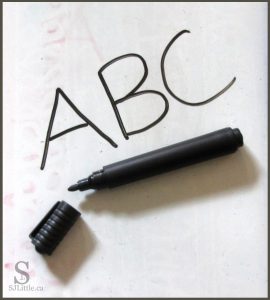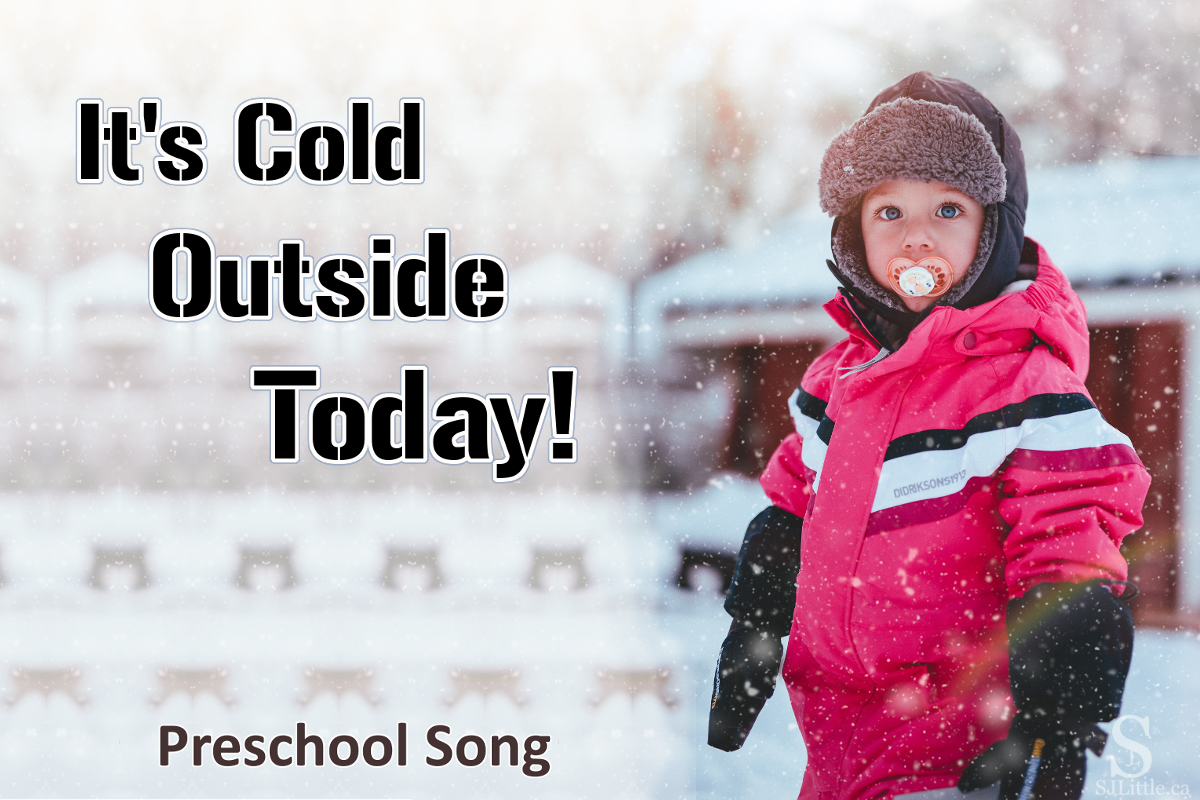
This is one of my favourite winter preschool songs. My preschoolers enjoy its full-body actions and snowy day application. I recommend it for children ages 2-4.
It’s Cold Outside Today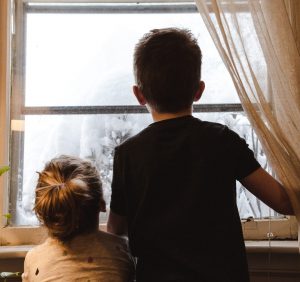
Author: Unknown Tune: The Farmer in the Dell
It’s cold outside today, it’s cold outside today,
Brr, brr, it’s cold outside, it’s cold outside today.
I put my coat on, I put my coat on,
Brr, brr, it’s cold outside, I put my coat on.
I put my snowpants on, I put my snowpants on,
Brr, brr, it’s cold outside, I put my snowpants on.

Additional verses:
- I put my boots on
- I put my mittens on
- I put my scarf on
- I put my hat on
Actions:
- As you sing “I put my ____ on” move as though putting that item on.
- When you sing “It’s cold outside today” and “Brr, brr, it’s cold outside” hug yourself tight and rub your hands on your arms as though cold.
This song can be sung sitting or standing. I like to sing it standing up because the actions then become full-body. Pretending to put on boots and snowpants provides a good opportunity to encourage children to reach for their feet and stand on one foot. Many of the actions encourage hand-eye coordination and body awareness.
Tips:
- Encourage the children to guess, based on your actions, which item they will put on next.
- Keep this song for especially cold days when the children arrive bundled up. This gives the song real-life application.
- Use this song as a high excitement song to help burn some of the pent up energy which often exists on days too cold to go outside.
What is your favourite winter preschool song?
Looking for ideas to help your child burn energy in the middle of winter? Check out these easy games: “Run, Run, Run” and “4 Sides“

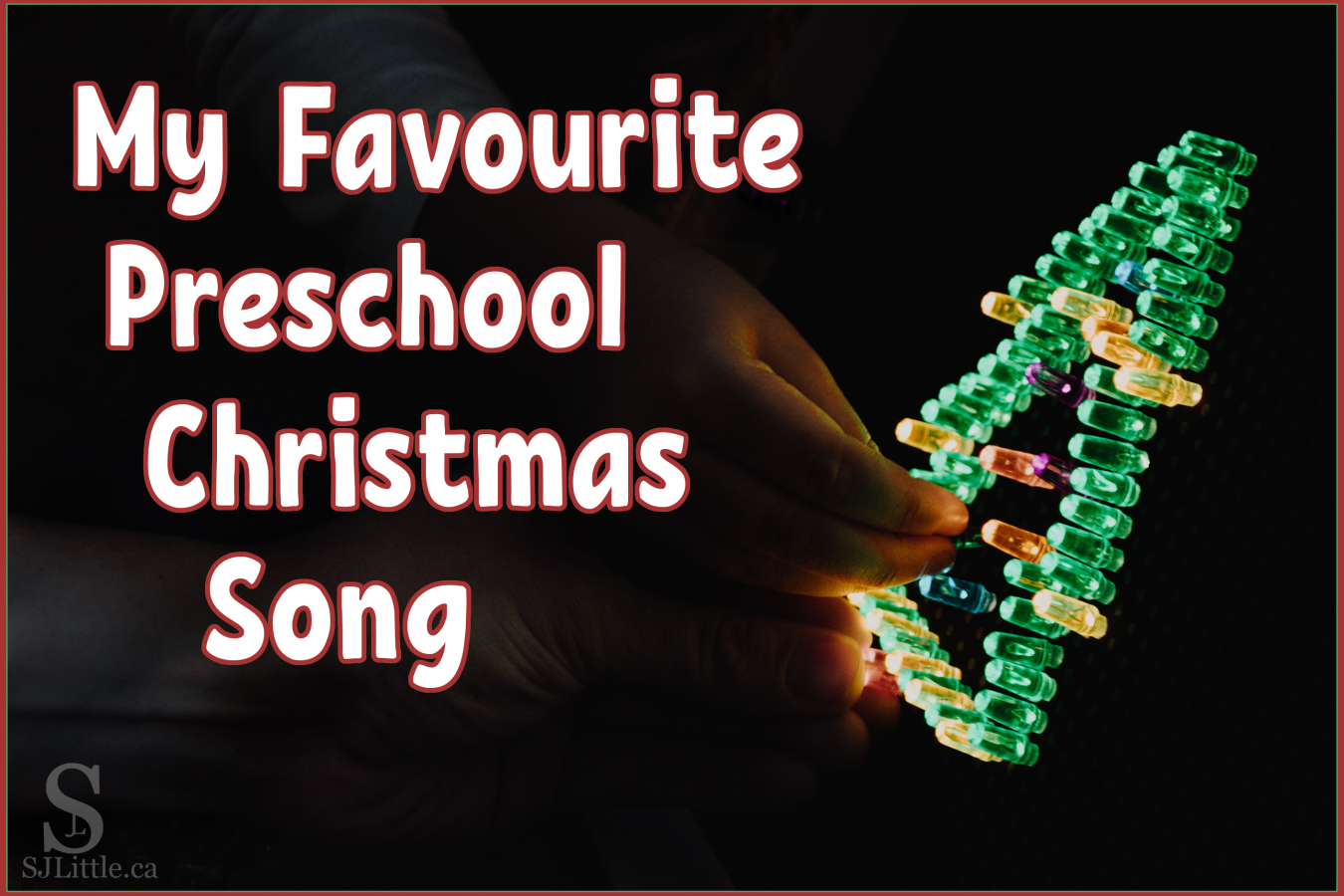
 secular programs, this song is acceptable. It does not teach about Jesus or Santa Claus, leaving parents the freedom to choose what they teach their children about Christmas. In secular settings, I sing this song alongside Jingle Bells, which is another song traditionally sung around Christmas time, but without any mention of Jesus or Santa.
secular programs, this song is acceptable. It does not teach about Jesus or Santa Claus, leaving parents the freedom to choose what they teach their children about Christmas. In secular settings, I sing this song alongside Jingle Bells, which is another song traditionally sung around Christmas time, but without any mention of Jesus or Santa.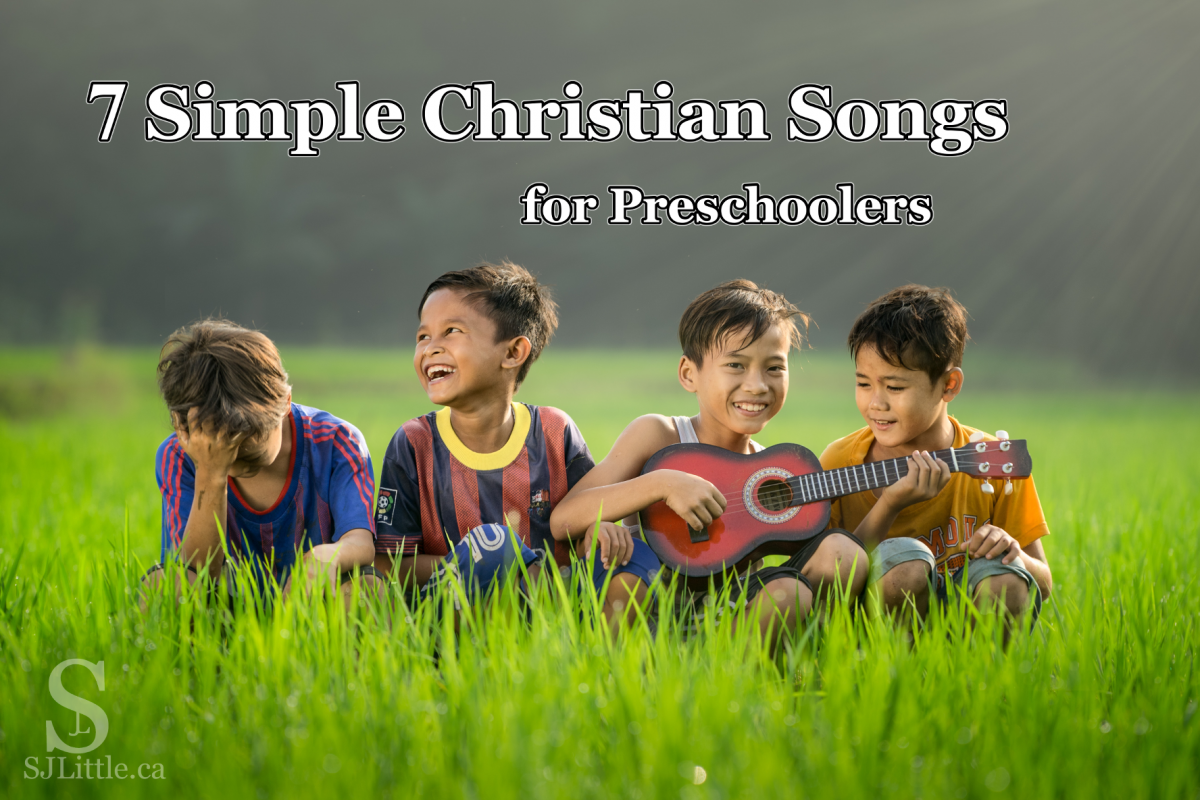

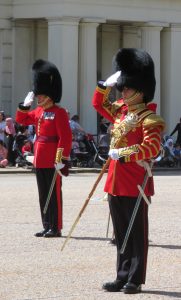
 Did you enjoy these 7 Simple Christian Songs for Preschoolers? If so, be sure to check out the follow up post titled “
Did you enjoy these 7 Simple Christian Songs for Preschoolers? If so, be sure to check out the follow up post titled “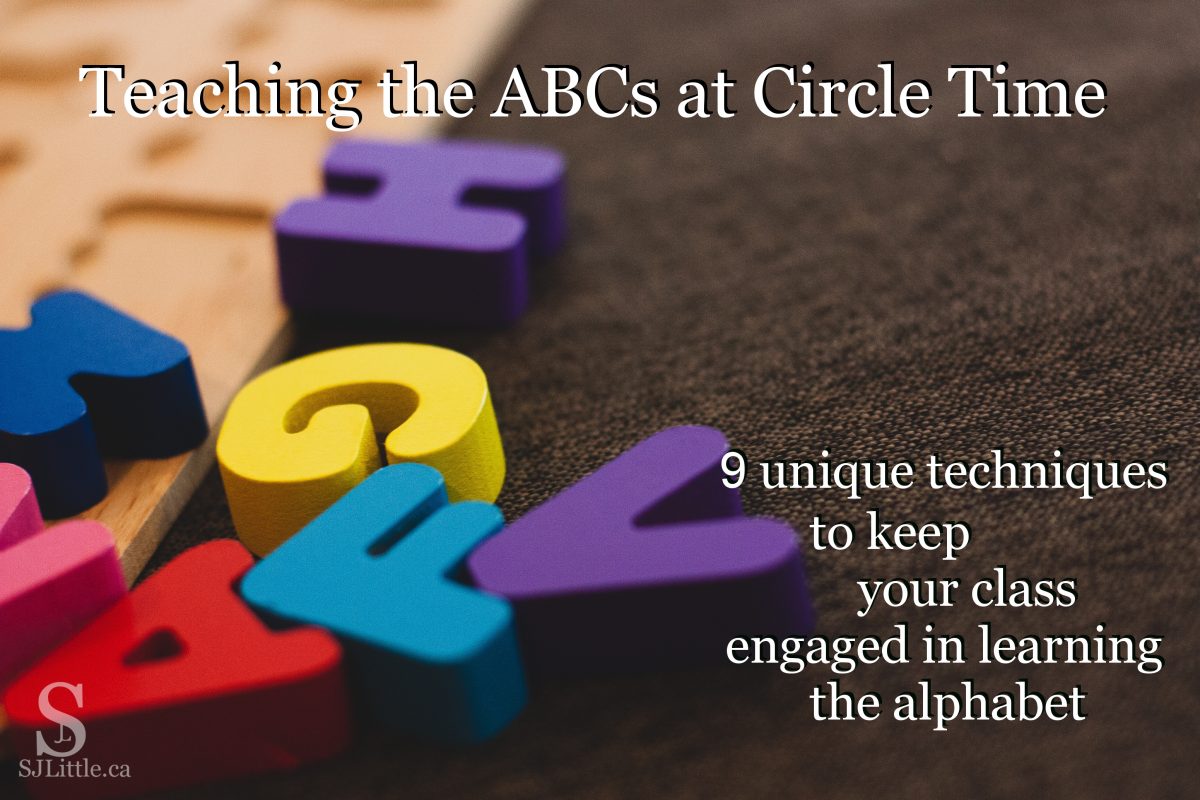
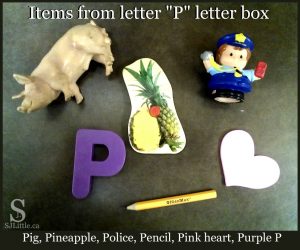
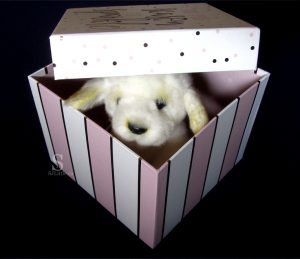 Prior to class, find an item starting with the letter of the week. Place that item in a box as the mystery item. Show the children the box telling them that something is hiding inside it. Inform them that the item starts with the letter of the week. Review with them what sound the letter makes.
Prior to class, find an item starting with the letter of the week. Place that item in a box as the mystery item. Show the children the box telling them that something is hiding inside it. Inform them that the item starts with the letter of the week. Review with them what sound the letter makes.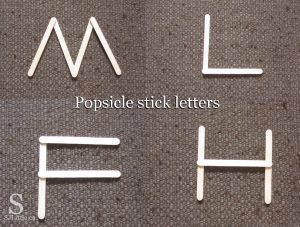 Then hand out enough popsicle sticks to every child. (You could make this a game by handing too many or too few sticks to some of the children and having them count to tell you if they have the wrong number.)
Then hand out enough popsicle sticks to every child. (You could make this a game by handing too many or too few sticks to some of the children and having them count to tell you if they have the wrong number.)